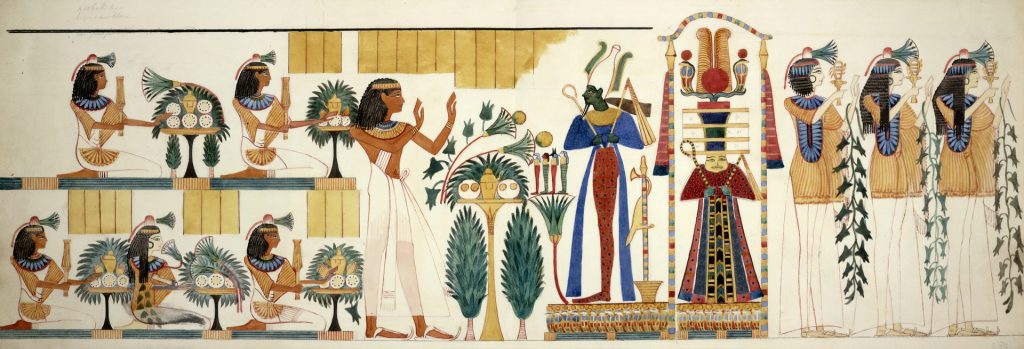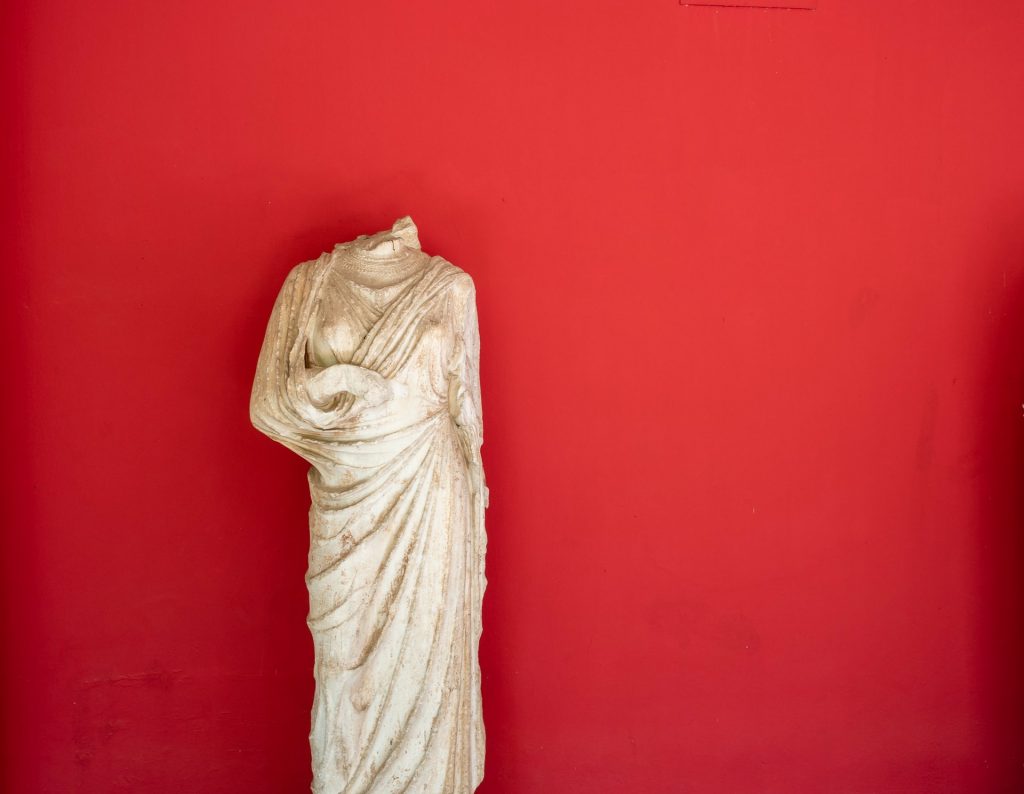
With NHS waiting times for mental health treatment extending to up to two years and many sufferers feeling isolated, we continue striving to help those who need it today. Looking back at the history of the way that mentally ill people have been treated both in the UK and around the world, it’s not surprising that so much work must be done. In this series, we look at the often gory story of how we got to where we are today.
The Supernatural View
There’s evidence for the first treatments for mental health issues way being back in 6500BC. At that time, it was believed that mental illness came from supernatural sources: a product of demonic possession or a punishment for sin. They took what we would see as a pretty gruesome approach to releasing these evil spirits: trepanation. This involved cutting a hole in the skull by drilling or scraping away the bone – while the patient was wide awake. Thousands of examples of this practice have been found across the globe and, amazingly, many of them show signs of healing. Despite the lack of advanced medical knowledge, tools or even anaesthesia at the time, the survival rates of this crude method were surprisingly high.

So how exactly did they go about removing a part of the skull? The evidence suggests methods have varied over time and across the world. Peruvian burial sites have turned up skulls with holes made from rectangular cuts using hard stone knives. Specimens in France show trepanning by scraping with flint, while Kenyan examples indicate the creation of a circular groove, enabling a disc of bone to be lifted. Circular trephines and the drilling of multiple holes close to together were also quite standard into the Middle Ages.
In fact, though explanations for the source of mental illness changed – and the medical basis for trepanning was rightly questioned – it hung around for a pretty long time. As late as the 17th century, Oxford Scholar Richard Burton advocated it as a cure for madness in his treatise on mental health, ‘The Anatomy of Melancholy’. The Dutch librarian and trepanning advocate Bart Hughes performed the procedure on himself as recently as 1965, with the intention of increasing blood flow in the brain to increase its functioning.

Humoral Theory
The belief in the supernatural basis for mental illness eventually gave way to the somatogenic approach, which sees physiological issues as the root cause. The timeline of mental health treatment is not linear, and in fact these ideas had been around for a long time. An early example is that of ‘hysteria’, first alluded to in Ancient Egyptian texts. It was believed that a ‘wandering uterus’ was to blame for hysterical symptoms in women. Physicians treated this by ‘coaxing’ the uterus back to its rightful place, using strong-smelling substances to lure or repel it.
This physiological view was systematized for the first time in Ancient Greece. Rejecting the views of the past, Hippocrates and later Galen put mental (and physical) illness down to an imbalance in the main bodily fluids. These fluids, or ‘humors’, were black bile, yellow bile, blood and phlegm. Each one mapped onto a particular emotional characteristic. So, if you had too much black bile, you’d be melancholic, while too much yellow bile would make you manic.

Treatments in this era focused on fixing the balance of the four humors and so included a range of approaches depending on the problem, including bloodlettings, special diets and purgatives. Though treatments today look very different, this was a major step forward and paved the way for the psychogenic theories that came later.
A huge thanks Meg Proops, who kindly volunteered her time, her mind and her words to create this informative blog piece. Next time, we look forward to exploring the dark Asylum Era of mental health.

Pingback: A History of Mental Health Part Two - The Asylum Era – PoetsIN™
Pingback: A History of Mental Health Part Three - The Deinstitutionalisation Era – PoetsIN™